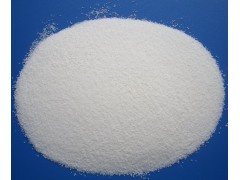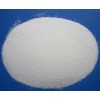Other name: Aacifemine、Destriol、Estriolum、Oekolp、Oestril、Oestriol、Theclol、Theelol、Triovex
CAS:50-27-1
MF: C18H24O3
MW: 288.38
EINECS: 200-022-2
Assay: 99% min.
Standard: Enterprise Standard
Characteristic: White crystalline powder.
CAS:50-27-1
MF: C18H24O3
MW: 288.38
EINECS: 200-022-2
Assay: 99% min.
Standard: Enterprise Standard
Characteristic: White crystalline powder.
Package: 1kg per foil bag/tin
Delivery: Express courier.
Delivery: Express courier.
Usage: A metabolite of Estradiol. An estrogenic metabolite considerably less potent than the hormone Estradiol.
Estriol can be a weak or strong estrogen depending on if it is given acutely or chronically when given to immature animals, but is an antagonist when given in combination with estradiol. Estriol may play a role in the development of breast cancer, but based on in vitro research does appear to act as an antagonist to the G-protein coupled estrogen receptor. Though estriol is used as part of the primarily North American phenomenon of bioidentical hormone replacement therapy, it is not approved for use by the FDA or Health Canada. Though initial research in the 1970s suggested it could be used therapeutically as an estrogen, subsequent research failed to confirm this hypothesis.
Estriol can be a weak or strong estrogen depending on if it is given acutely or chronically when given to immature animals, but is an antagonist when given in combination with estradiol. Estriol may play a role in the development of breast cancer, but based on in vitro research does appear to act as an antagonist to the G-protein coupled estrogen receptor. Though estriol is used as part of the primarily North American phenomenon of bioidentical hormone replacement therapy, it is not approved for use by the FDA or Health Canada. Though initial research in the 1970s suggested it could be used therapeutically as an estrogen, subsequent research failed to confirm this hypothesis.















